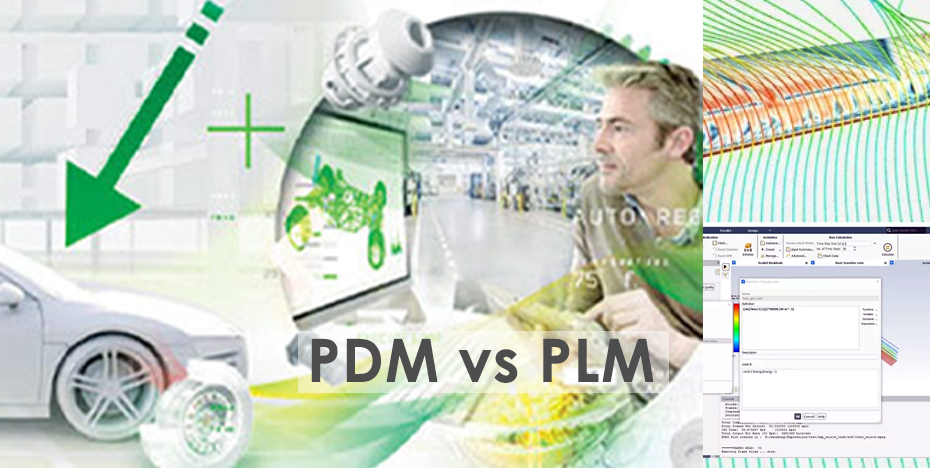Product Data Management (PDM) and Product Lifecycle Management (PLM) are terms that are sometimes used interchangeably, but there is a significant difference between them. In reality, PDM is too narrow to describe the full breadth of capabilities that a true PLM system offers. LEAP recently presented a webinar intended to clear up any misconceptions about PDM and PLM and we have summarised this presentation in this article. As a PTC Windchill Advanced Partner in Australia and New Zealand, we hope this summary provides our readers with a clearer understanding of Windchill’s PDM and PLM capabilities and helps you to understand which solution is right for your specific needs.
To begin, Allan Thompson, PTC Technical Manager at LEAP Australia provides an overview of Windchill’s PDM capabilites, explaining how the functionality of PDM systems are primarily rooted in engineering and the needs of the engineering team within an organisation. These capabilities include access and version control to primarily MCAD and ECAD files and documents to aid collaboration and reduce errors, as well as boost efficiency through structured compliance and governance procedures.
Allan then goes on to provide a live demonstration of Windchill’s PDM capabilities including file types that can be managed, how they can be checked in and out by permitted users and how you can build relationships between files (known as objects) to better organise and thereby better understand your product data. Watch the clip here:
Allan then explains how PLM significantly extends the capabilities of PDM, opening up PDM data to the wider organisation and allowing it to be linked to other important organisational data. PLM provides a more holistic dataset that not only relates to that physical product and how it is made, but also how it is serviced, maintained, sold and even marketed throughout it’s lifecycle. By using a PLM system to manage the product specific information generated by different departments, organisations gain valuable insight into how products perform, where products fail and how products can be improved in future design iterations.
This central management of product information also allows for the controlled reuse of assets outside of Engineering, for example the original 3D design of a product can be used to create user manuals, Augmented Reality assembly/service instructions or even photorealistic renders for use by the sales, service and marketing departments. To better understand the breadth and value of a PLM system such as Windchill, watch this clip here:
The presentation concludes with a live demonstration of Windchill’s PLM capabilities, showing how this inclusion of information from across the enterprise creates a more complete definition of a product. The demonstration explores how documentation can be attached to parts within a product to provide detailed insight into the history, current status or future changes planned for a particular part. In this example shown, a change request document is linked to the passenger seat of the snowmobile dataset used that shows: 1. where the request was generated, 2. who the resulting action was assigned to and 3. who is responsible for reviewing the change once complete.
In the final example, Allan demonstrates how a BOM can be quickly and easily generated for configurable products by using filters within Windchill, putting crucial manufacturing and and supplier information at the user’s fingertips almost instantaneously. Watch the clip here to see this demonstration of Windchill PLM:
We hope you found this article informative. If you would like any further information about Windchill for PDM or PLM, please contact LEAP and one of our experts will be in touch to discuss your needs.


